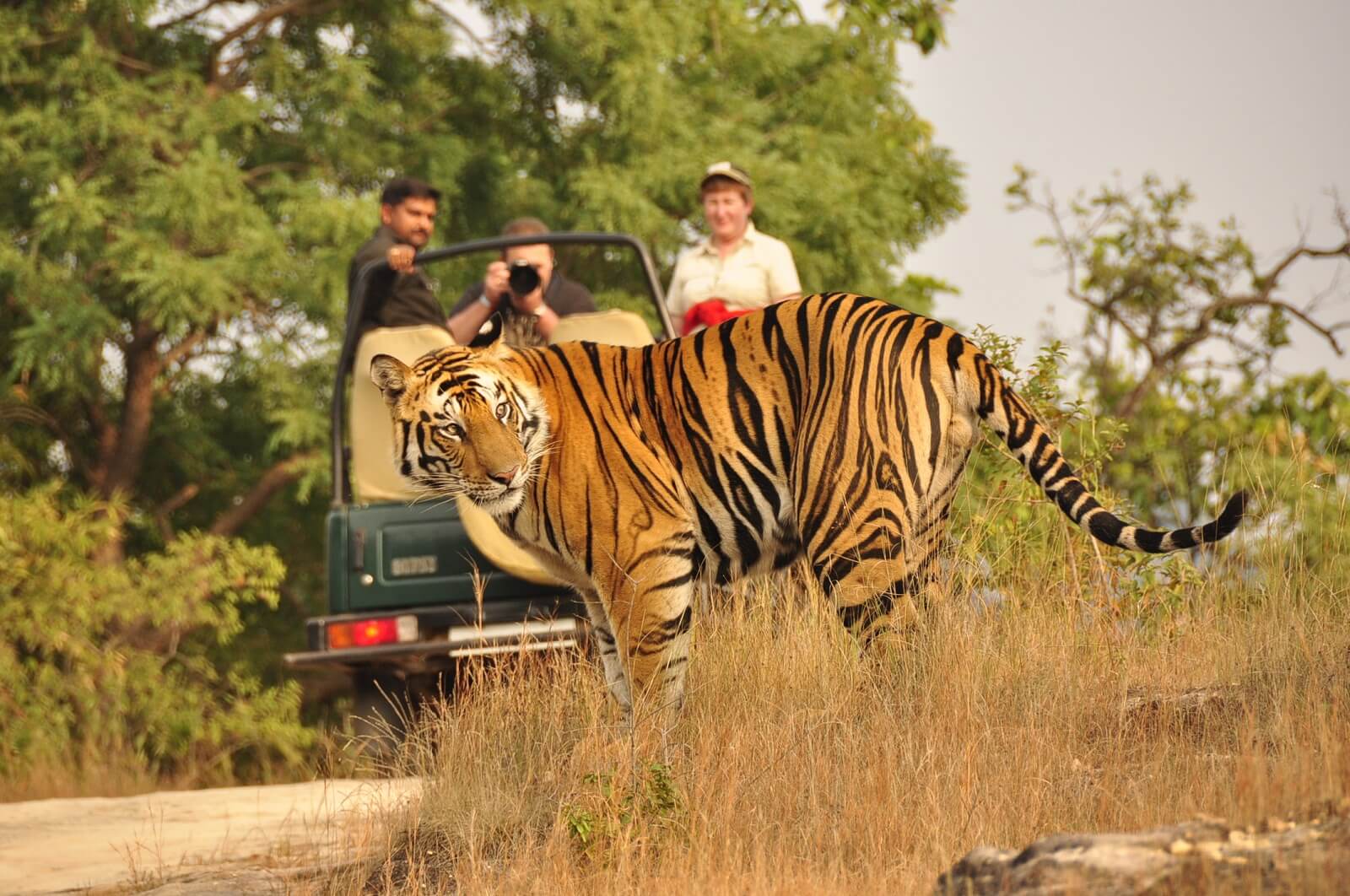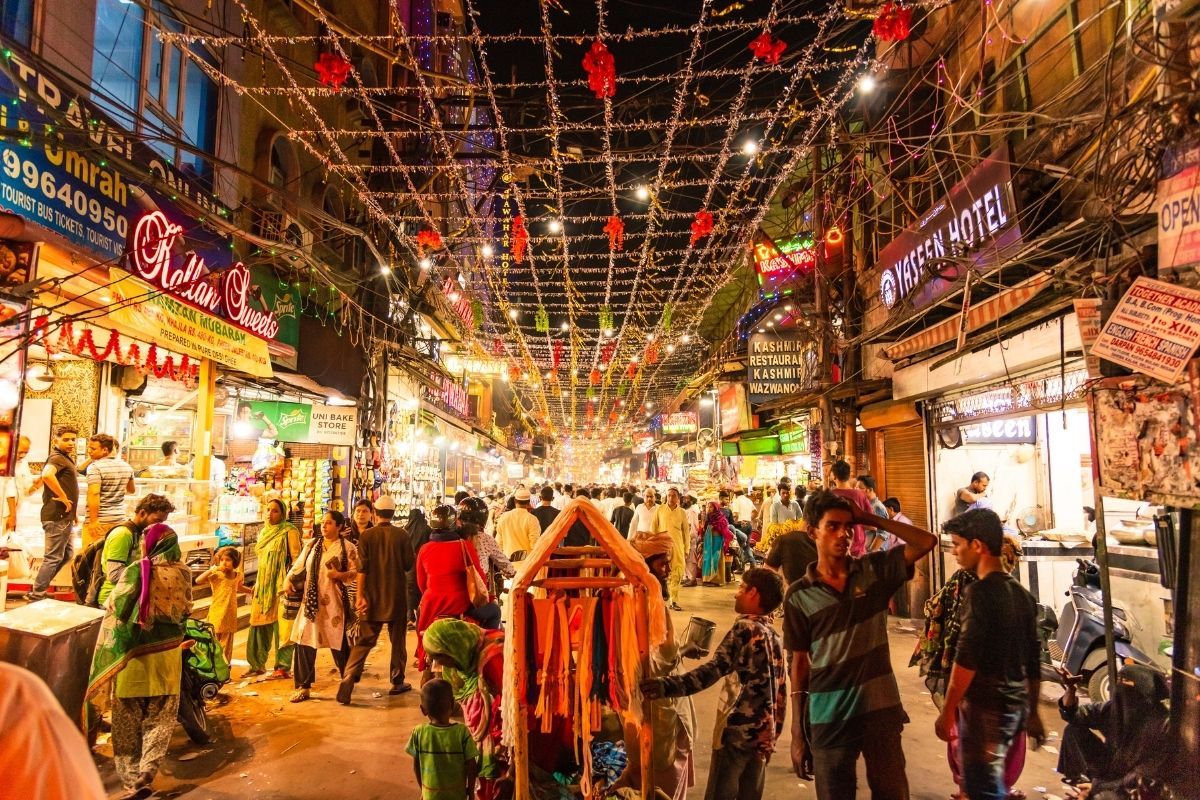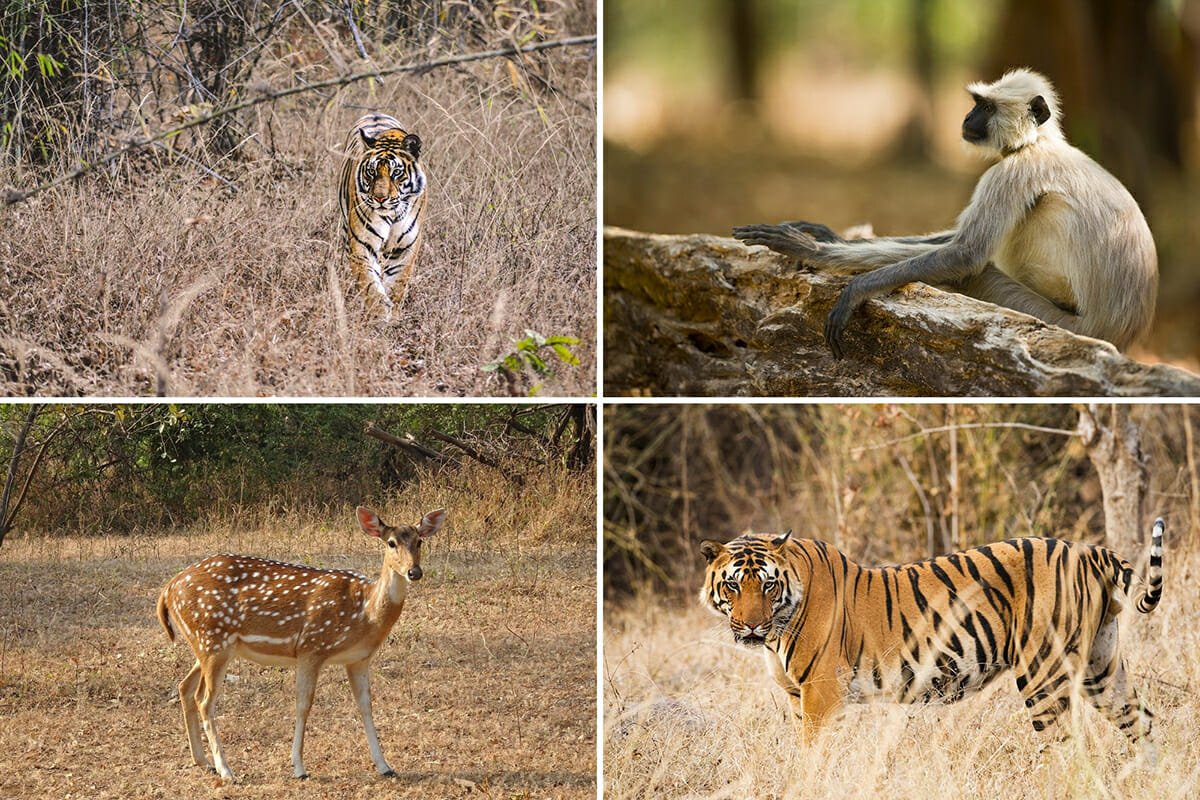A Trip to Bhutan
by
Our recently concluded family holiday to Bhutan – “ the Land of the Thunder Dragon”, was no less than a magical experience. The flight from Delhi to Paro is little over two hours with a short halt in Kathmandu, but landing in Paro is challenging. It’s only the experienced pilots of Druk Air, who could glide into the green Paro valley with no problem. The moment you step out of the aircraft and walk towards the terminal building, the first thing one notices is the elaborate paintings of dragons, lotuses and geometric patterns on the building. Another noticeable thing is, all the men and women wearing traditional Bhutanese wrap dresses and photos of the young King and his Queen displayed almost everywhere. It’s a world of myths and legends – a beautiful balance between old and new, sound and silence. It seems like slipping into a bygone era of timeliness.
We were greeted by our guide and driver at the airport and drove for an hour to get to our first destination, Thimpu – the biggest city in Bhutan and it's capital. During our 2 days stay in Thimpu, we visited the National Institute of Zorig Chusum, a learning centre for the 13 traditional arts and crafts of Bhutan, A mammoth 50 m bronze idol of the Buddha on a hilltop that overlooks the whole of Thimpu valley, National Memorial Chorten, The Tashichcho Dzong - A Dzong is a complex that serves as the religious, military, administrative and social center, local farmers market - held every Thursday, Friday, Saturday and Sunday, and the row of authentic crafts bazaar near the Clock Tower.
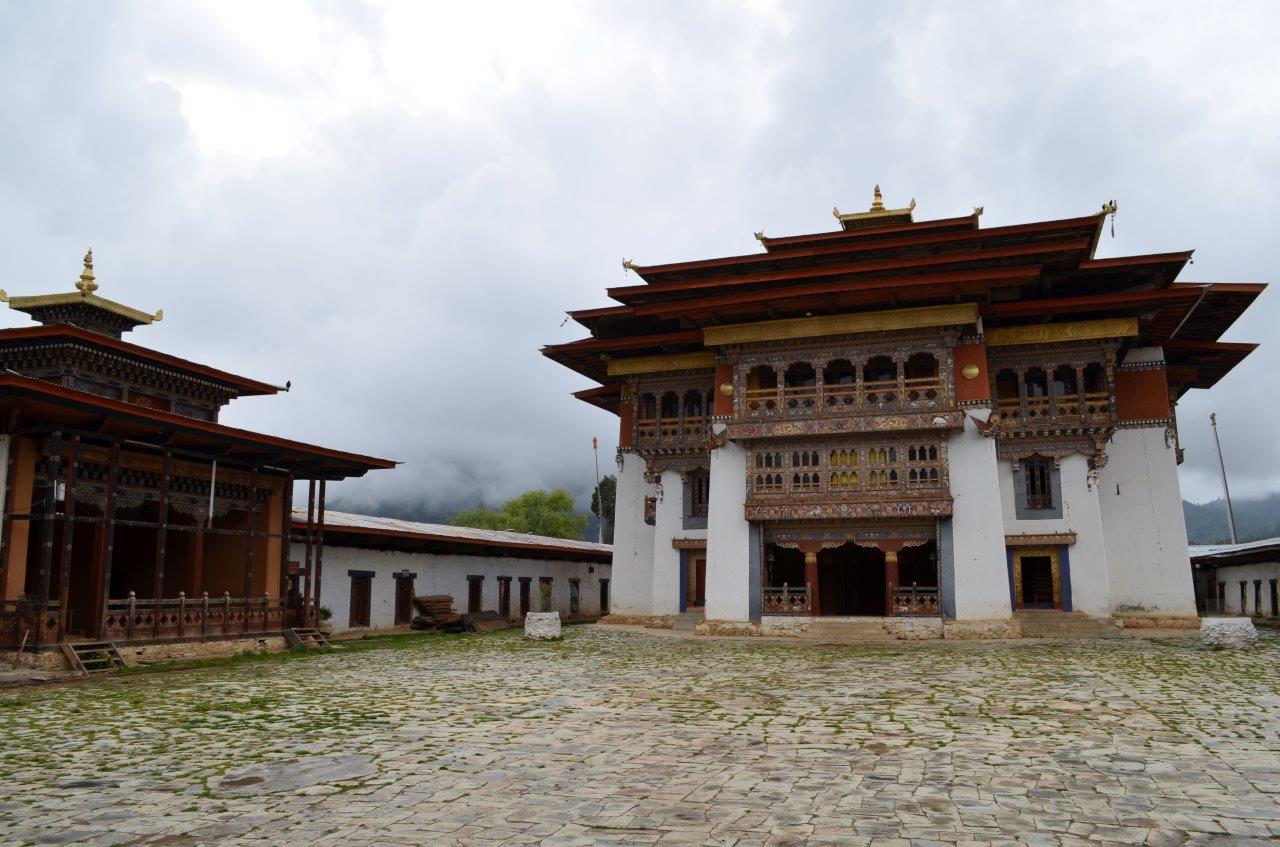
Our next stop was the valley of Punakha – which is about 3 hours drive away from Thimpu via a mountain pass with 108 small and big temples on top. Punakha was the ancient capital of Bhutan. In the valley surrounded on two sides by two rivers is the imposing Dzong with arresting wooden craftsmanship. Its one of the most iconic and beautiful Dzongs. Another, interesting place worth a visit in this valley is the temple of fertility dedicated to Drukpa Kunley, a tantric Buddhist saint known for his rather unconventional approach to religion. It’s more of a cultural shock to see murals and carvings depicting the man’s phallus outside homes and buildings in the Punakha valley.
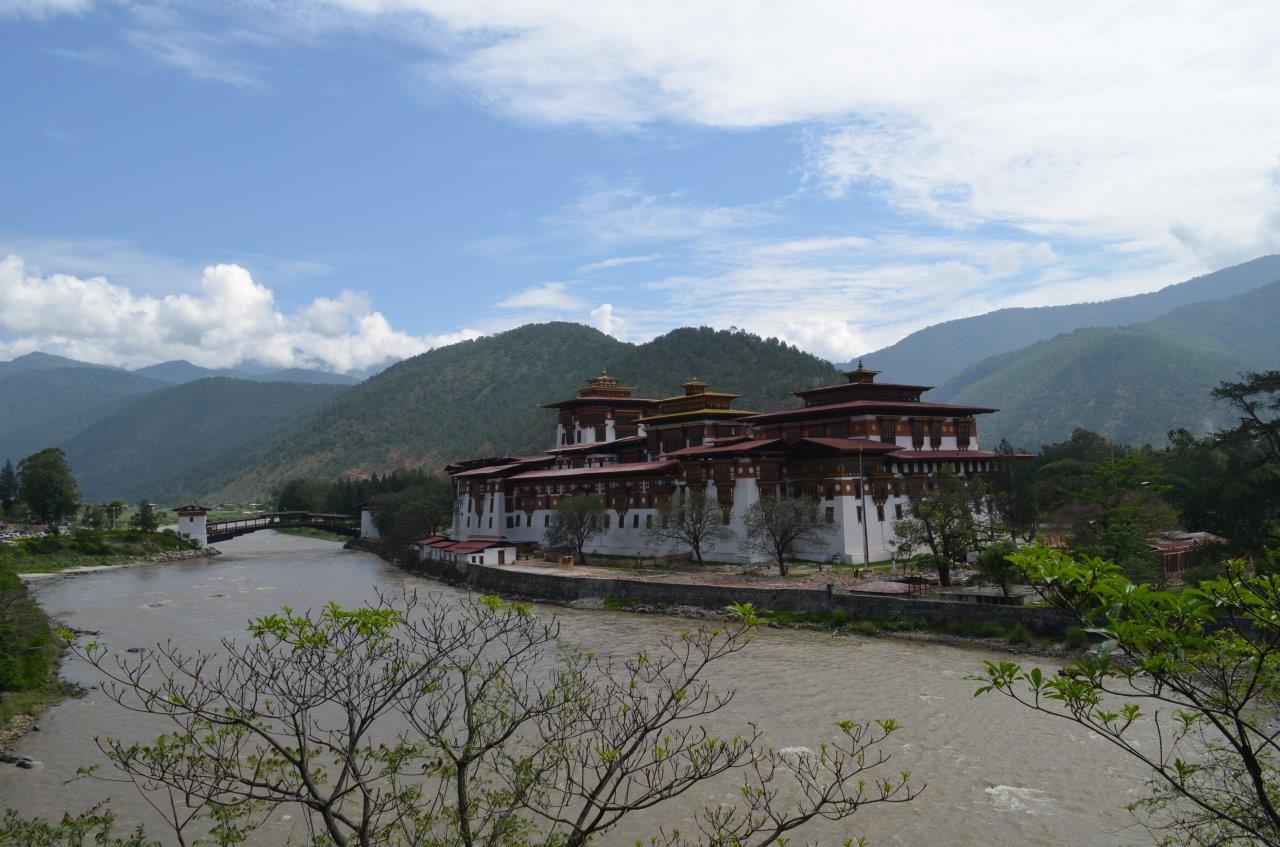
We then moved on to the picturesque glacial valley of Phobjika, which lies at an elevation of 3000 meters. Its also called Gangtey valley, because of the impressive Gangteng Monastery. The views from the monastery and also from most other places in the valley are just spectacular. The peace and tranquility in these vast marshlands give you a feeling of being in a divine land. These marshlands also provide habitat to many endangered species of birds, most famous being black-necked cranes. One could spend days, just relaxing and enjoying the scenery or doing some of the popular short treks/day hikes in this beautiful valley. Unfortunately, we did not have much time to spend in this valley, due to our tight schedule, and also, it started to rain in the evening, so it wasn’t the best weather to extend our stay there.
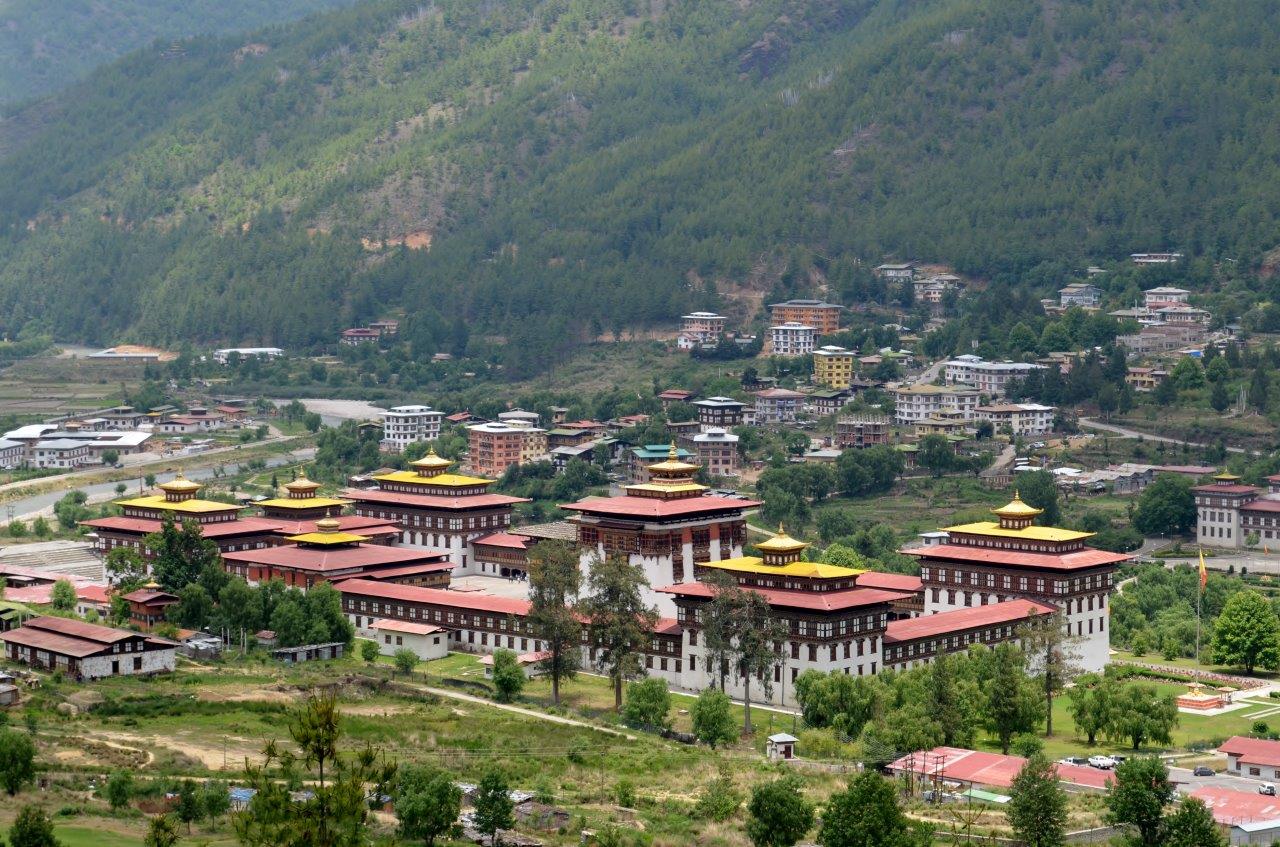
The last stop on our trip was the Paro valley. Travel from Phobjika to Paro was a long 7-hour drive. Paro town centre is lined with curio shops and restaurants with broad walkways for the pedestrians to stroll around. A great place to take in Bhutanese culture. With no deafening horns, the silence was refreshing. Every shop looked like an art museum. The highlight of the visit to Paro is the trek to Tiger’s Nest Monastery, which is the most sacred site for Bhutanese Buddhists. It was a bit of a disappointment to not do this trek due to bad weather, but we tried to make up for it by visiting the bazaars, national museum, and the Paro Dzong.
Like every good thing has to come to an end, it was time to leave this beautiful Himalayan rooftop kingdom and return to a busy life in Delhi. But we were glad, that we could visit this magical place, where people are so kind and so simple. And I think it was just the right time. For, the change is in the air -- The arrival of TV, the Internet, the technology and the progressive attitude is bound to change this unique country in years to come. I hope the people of Bhutan do not lose their cultural identity and simple way of life.
The writer, Rajesh Kaushik is the General Manager of Trans India Holidays in New Delhi, India.

